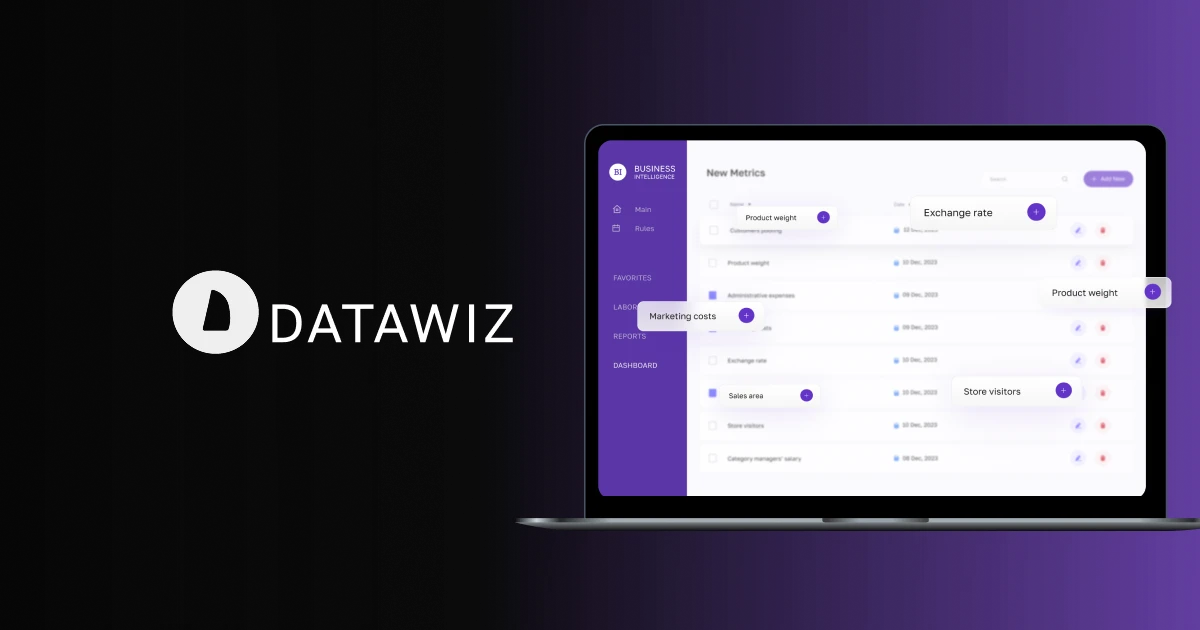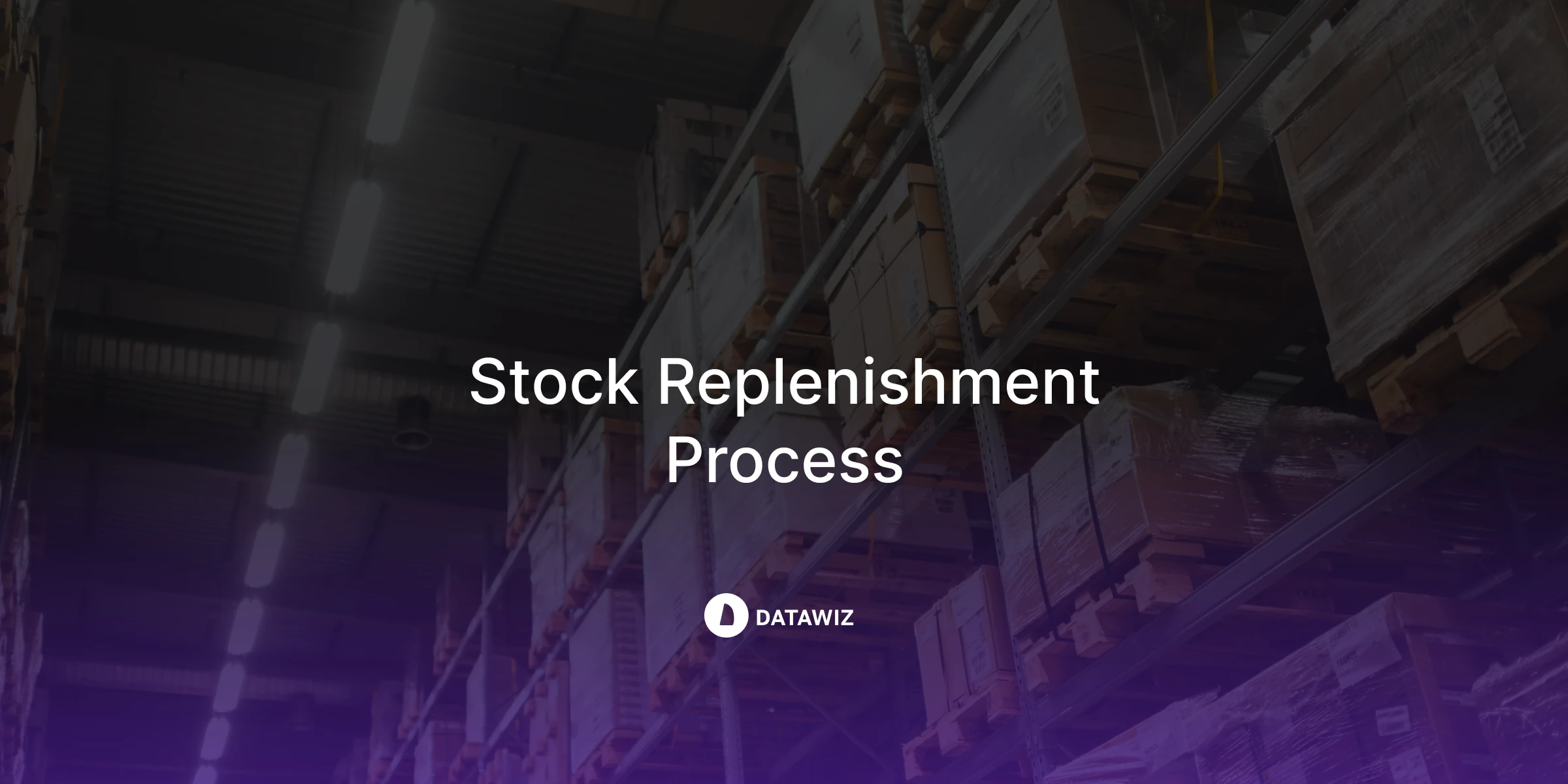Can you imagine a successful store with empty shelves and empty-handed customers? This is all evidence of wrong inventory management.
In this article, you can learn about the main approaches and tools for analyzing online inventory, how to organize it correctly, and what results it will bring.
Stock inventory in a retail store is the goods stored in a warehouse or the store's sales area for further customer distribution. These inventories are an essential part of the successful operation of any retail enterprise, as they ensure the smooth flow of trade and customer satisfaction.
The main functions of inventory are:
- Ensuring non-stop sales. The availability of various goods helps the store operate smoothly and meet customers' needs at any time.
- Protection from fluctuations in supply and demand. Inventory makes compensating for seasonal sales growth and delivery delays possible.
- Avoiding damages due to the lack of goods. Buyers always have the opportunity to find the goods and prevent them from going to competitors.
- A wide range of assortment. This gives the consumer a choice and satisfies a broader audience.
What is inventory reporting, and why is it essential for a store?
Inventory reporting is systematized information about the quantity, cost, and characteristics of goods stored in the store's warehouse. The report contains information about the balance and movement of goods, as well as the value and condition of stocks.
Advantages of introducing inventory reporting:
- Control of the availability of goods. Thanks to the reporting, the manager always knows how much goods are at the location and how much is left in the warehouse. This will help to avoid a sudden shortage.
- Optimization of stock levels. The report allows you to track the dynamics of sales, prepare for seasonal demand for goods, and avoid unnecessary costs for unpopular goods.
- Making informed decisions based on updated data. Reporting helps to forecast demand for goods and plan purchases. With accurate information on inventory and movement of goods, the store can purchase the optimal amount to meet customer needs and avoid unnecessary costs.
However, to use these reports effectively and respond quickly to changes, you need to be able to visualize the data instantly.
A dashboard is a tool that visualizes data from various reports and converts it into an understandable and accessible format. It's a quick way to track dynamics or spot a problem because all the data is conveniently graphical, without large tables with numbers.
Dashboards save time and effort; there is no need to search for information in different reports; everything is already collected and visualized.
After reviewing the key benefits of inventory reporting and the role of dashboards in data visualization, it is important to determine which specific reports are most important for effective inventory management.
What reports should a retail professional know and use?
The "Stock control" report provides valuable information about products that, despite having zero balances, continue to be sold. This allows you to identify potential errors in accounting and quickly correct them. The main functions of this report include:
- Identification of items with incorrect balances. The report helps to quickly identify items where the inventory data is incorrect.
- Analysis of the error causes.** You can track when exactly an error occurred in the data, which simplifies the process of correcting it.
- Visualization dynamics of sales and stocks ** Graphical visualization of data allows you to see the dynamics of sales and stocks for "problem" products, which contributes to a better understanding of the situation.
The report "Stock control" can be generated both for a single store and for the entire network.
For the convenience of analysis, the report can be filtered by the following indicators:
- Period
- Stores
- Categories
- Brands
- Assortment type
- Product markers
- Level
The ability to instantly save and share a filtered report significantly speeds up the information exchange process between employees and allows you to respond to identified problems quickly. This ensures effective interaction between departments and facilitates quick decision-making.
The report allows you to quickly identify the causes of fluctuations in sales at different levels, from overall store performance to specific product SKUs. Data visualization in the form of charts allows you to track the dynamics of changes, and the ability to drill down to lower levels helps to determine which categories, stores, or products influenced these changes.
Report benefits:
- Quick identification of the causes of changes in sales. It is possible to quickly identify the factors that influenced the growth or decline in sales.
- Analysis at different levels.** The ability to analyze sales changes at various levels - from a chain of stores to individual products.
- Data visualization.** The report provides data in the form of charts, which simplifies their perception and analysis.
- Detailed cause detection** "Gaps" in the charts allow you to detail information and identify specific causes of changes.
The report identifies products with low demand that are accumulating in the warehouse. It is an important tool for optimizing the product mix and reducing dead stock. The main functions of the report include:
- tracking of products that are not in demand;
- tips on which products should be removed from the assortment;
- visual tracking of sales dynamics and balances for non-selling products.
Such an analysis of the report will help to identify a number of problems. So, the benefits of tracking non-selling products:
- Accurate determination of the reasons for low sales. For example, using the "period" filter, you can find out whether a product is seasonal or whether its sales are falling steadily, which helps you understand whether it is worth keeping in the assortment at all.
- Optimization of warehouse space. The "minimum stock" filter allows you to quickly identify products that take up space in the warehouse but do not bring profit, which allows you to free up space for more popular items.
- Setting up a marketing campaign. Track products that have lost ground and may need additional sales promotion.
Automated reports remove the need for manual data collection and processing, allowing you to focus on analysis and decision-making right away. This saves time and resources and minimizes the risk of human error.
With Datawiz BI, managers no longer need to deal with operational calculations but are now focused on strategic goals and KPIs.
 Co nowego?
Co nowego?





 Nie potrzebna karta bankowa!
Nie potrzebna karta bankowa!